- Artificial Turf Features
- 1 likes
- 737 views
- 0 comments
Installing artificial grass can transform any outdoor area into a green, attractive, and low-maintenance space. Below, we will guide you step-by-step through the installation process and indicate the necessary tools to do it efficiently.
Weed Barrier Fabric
The polypropylene weed barrier fabric is essential for preventing the growth of weeds under the artificial grass. To install it, spread the fabric over the previously leveled and cleaned surface, covering the entire area where the grass will be installed. This fabric allows water and air to pass through, ensuring proper drainage while blocking the growth of unwanted weeds.
Staples
Staples are essential for securely attaching artificial grass to the ground. To use them, first spread the grass over the prepared surface. Insert the staples or nails along the edges and at the joints of the grass, ensuring you drive them in at an angle for better holding. Space the staples or nails approximately every 20-30 cm to ensure the grass remains in place and does not shift with use.
Adhesive
Glue or adhesive is used in various situations to ensure a firm and durable attachment of artificial grass to the substrate.
During the installation of artificial grass, several sections of grass are often required to cover large areas. The adhesive is used to join these sections, ensuring a uniform and continuous surface without visible gaps. This process involves applying the adhesive to a joining tape that is placed under the joints of the grass sections.
To ensure that the artificial grass stays in place, adhesive is applied along the edges and perimeters of the installation. This is particularly important in areas where the grass might lift or shift due to external factors such as wind, foot traffic, or sports activities.
Installing artificial grass with adhesive offers many benefits, including its durable fixation, as it provides strong adherence that ensures the grass remains in place for years. It is resistant to weather conditions and helps achieve a clean and aesthetic finish, without lifted edges or misaligned sections. Additionally, the adhesive is suitable for a variety of surfaces and installation conditions.
Joining Tape
Joining tape is used to connect sections of artificial grass uniformly and stably. Place the joining tape on the ground where two pieces of grass will be joined. Apply a special adhesive for artificial grass on the tape, then lay the grass pieces on top, pressing firmly to ensure good adhesion. This technique ensures a smooth and seamless transition between the grass sections.
The adhesive joining tape simplifies the process of joining sections of artificial grass. To use it, first lay the adhesive tape along the line where the pieces of grass will be joined, with the adhesive side facing up. Place the grass pieces on the tape, ensuring they are correctly aligned. Press the grass firmly onto the adhesive tape to ensure a solid and durable bond, without the need for additional adhesives.
On soil
The main focus is preparing the ground by removing all existing vegetation and clearing the area. Use a rake to level the terrain, smoothing out any bumps and uneven spots. Next, lay down a geotextile fabric to prevent weed growth and add a layer of gravel approximately 5-10 cm deep for drainage. Compact the gravel using a plate compactor.
Once the base is prepared, measure and cut the artificial grass to fit the area. Unroll the grass over the prepared base and adjust the sections as needed. Secure the edges of the grass with specific nails or staples. Spread a layer of silica sand over the grass and brush it to distribute evenly. Finally, use a roller to ensure good contact and inspect and adjust any loose areas.
On hard surfaces
To install artificial grass on concrete, asphalt, tiles, etc., ensure the surface is clean and dry, free from residues that could affect grass adherence. Measure and cut the artificial grass to fit the desired area.
Apply an appropriate adhesive for artificial grass onto the surface of the tiles. Place the grass over the adhesive and press firmly to ensure good contact. Align and adjust the grass sections to fit tightly together without visible gaps.
Once the adhesive has dried, brush the artificial grass fibers to lift them and improve their appearance. If necessary, you can add a layer of silica sand to stabilize and keep the fibers upright.
Keep reading
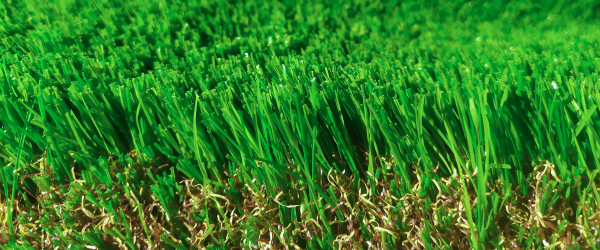
Height or Thickness of Artificial Grass: How to Choose
Choosing the right height or thickness of artificial grass depends on various factors such as its intended use, budget, and personal preferences. There is no single correct thickness, and the best option will depend on the specific needs of each case.
Read more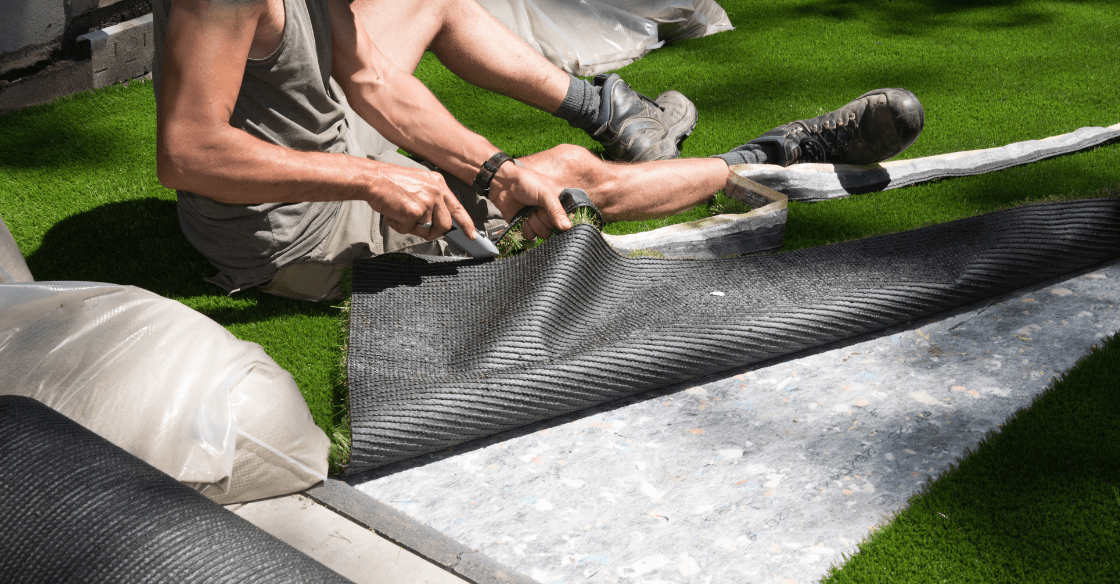








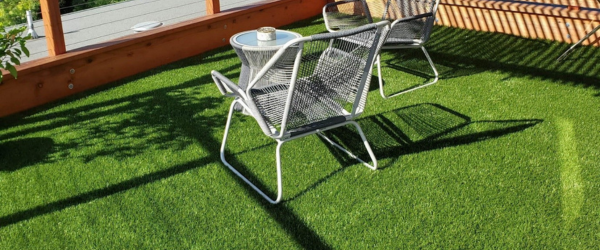
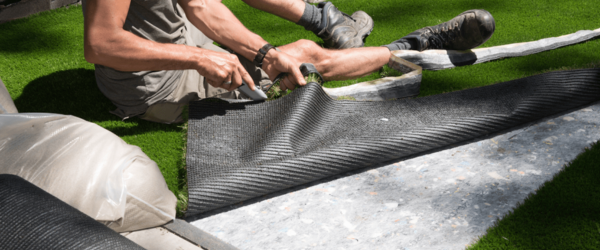
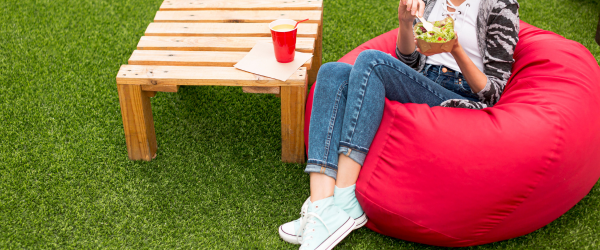
Comments (0)